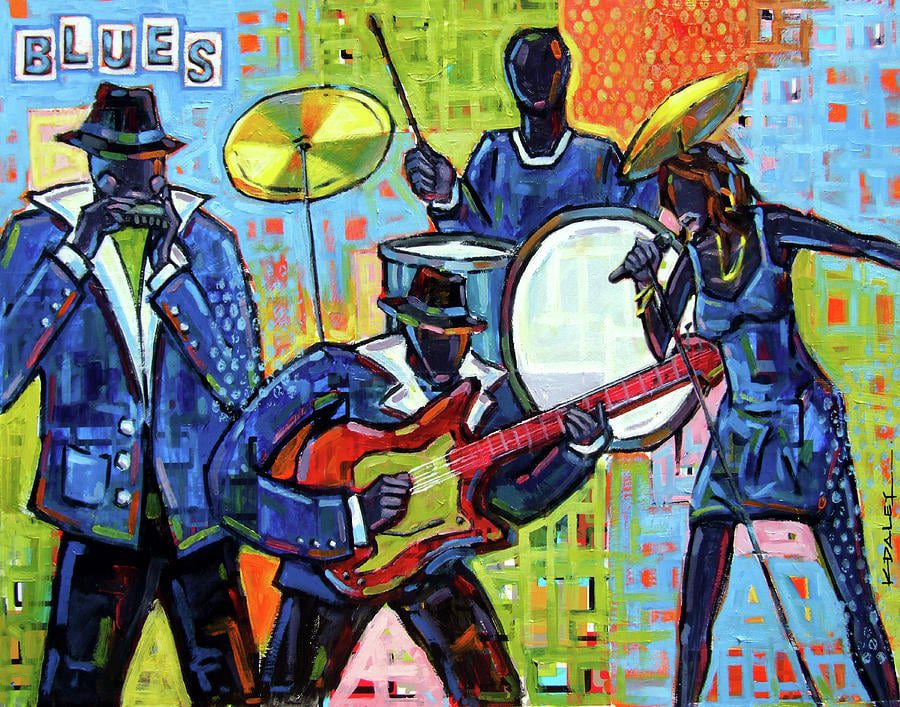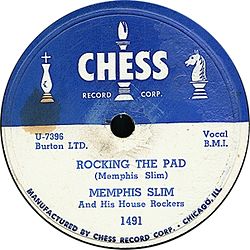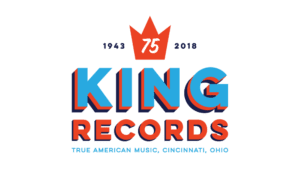Dasia Byrd
Survey to African American Music
11/11/21
M W F @1

Questions
- What, Where, and why was “Record Row”?
- Record row was located on South Michigan Ave in Chicago. It was known for many black owned record labels that settled on this street. In the 50s black music was mostly ignored by most record labels so more labels were created to produce more black music. It was a great time to be created because blues and R&B sales were going up and many loved hearing black music.
- Name the companies on Record Row.
- Record labels were named Chess, One-derful!, Chance, King, Constellation, Brunswick, and vee-jay
- Name the artists and on what label?
- Mckinley Morganfield was the first hit maker for chess records better known as muddy waters. Chess records artists were hollin wood, lil walter, Sunny boy wilson, chuck berry, Mo diddley, and Jimmy robinson.
- Vee-jay artists music included Blues of john lee hooker, hits from magnificents and eldorado, and gospel songs from the staple singers and the carroll bands. Jimmy reed became vee-jay top blues man and gave chess a run for its money in the blues market.
- Carl Davis was the head of Brunswick records and other artists were the shy lights.
- Were certain labels known for certain types of music?
- Chess records then became the #1 blues record in the world.
- Veejay started in 1953 with a group called the spins and their catalogue covered blues, jazz, gospel, R&B, and Rock and Roll.
- Brunswicks was a soul music explosion.
- Compare Record Row to other record company creations in American cities.
- Motown In Detroit gave record row a run for their money. Motown reshaped R&B for mainstream America. They made it easy to dance too and captured white and black audiences. They taught artists how to walk, talk, dress, perform, and everything else.
Notes
-
- A lot of blacks moved to chicago for better life
- They had southside nightclubs that played live music and music from jukebox
- Al Benson was the first Dj in Chicago to broadcast blues of the south, he played rhythm and the blues
- With blacks making more money and Benson playing music sales have gone up for R&B
- In the 50s black music was mostly ignored by most record labels
- South Michigan Ave in Chicago was known as record row
- The street has changed a lot since the late 50s and early 60s with tattered buildings, small businesses, and parking lots hides its old glory
- It was home to 17 record distributors and a half a dozen record labels
- Record labels were named Chess, One-derful!, Chance, King, Constellation, Brunswick, and vee-jay
- Everyone knew each other
- Every major company for blacks was within two blocks
- Black music was majority of the biggest impact on record row
- Lenard and Phill Chess two of the most loved and hated and influential men in the black music industry
- Lenard and Phill Chess we’re from Poland and moved young to Chicago
- They owned a nightclub in 1945 called macomba lounge which was for blacks ( they a lot of jazz and blues)
- They see how live their lounge was with black music so they sold their lounge and started a record label
- Many were laborers by day and blues men by night
- Mckinley Morganfield was the first hit maker for chess records better known as muddy waters
- Muddy waters influenced blues and rock musicians
- Muddy is from Mississippi and was a truck driver
- Muddy was the foundation of chess records
- Chess records then became the #1 blues record in the world
- Chess records artist were Hollins wood, lil Walter, Sunny boy Wilson, and Jimmy Robinson
- Lenard was a smart businessman with a hot tempered
- Willie Dixon a base player
- He became a producer, writer, and talent scout for the label chess
- Vee-jay records was 6 blocks from chess records
- Vee-jay record was the first financially successful black owned music company before motown
- Vee-jay started in 1953 with a group called the spins and their catalogue covered blues, jazz, gospel, R&B, and Rock and Roll
- Vee stood for viven and jay stood for jimmy
- Started by a women named Viven that was a waitress at a club and was a student of Al Benson
- Viven and Jimmy bracket took a 500 dollar loan from a pawn shop and started a multi million dollar business
- Jimmy reed became vee-jay top blues man and gave chess a run for its money in the blues market
- Vee-jay artists music included Blues of john lee hooker, hits from magnificents and eldorado, and gospel songs from the staple singers and the carroll bands
- United record distributors focused on black music and black jobs
- Radio stations won’t play black artists but instead would play white artists who covered the song.
- Chuck Berry was the biggest crossover artist and he was on chess records
- Vee-jays crossover artist were Dee clark who sung raindrops
- Carl Davis was the head of brunswick records and other artists were the shy lights
- Brunswicks was a soul music explosion




